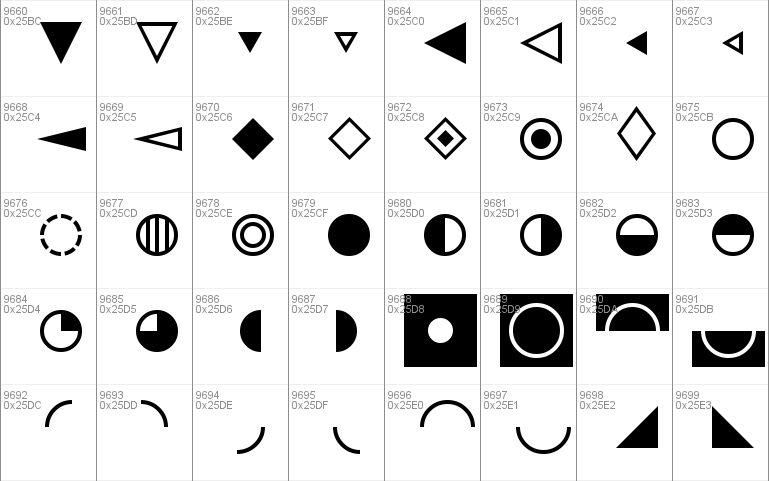

The Helvetica/Arial-based sans serif stack:įont-family: Frutiger, "Frutiger Linotype", Univers, Calibri, "Gill Sans", "Gill Sans MT", "Myriad Pro", Myriad, "DejaVu Sans Condensed", "Liberation Sans", "Nimbus Sans L", Tahoma, Geneva, "Helvetica Neue", Helvetica, Arial, sans-serif įont-family: Corbel, "Lucida Grande", "Lucida Sans Unicode", "Lucida Sans", "DejaVu Sans", "Bitstream Vera Sans", "Liberation Sans", Verdana, "Verdana Ref", sans-serif įont-family: "Segoe UI", Candara, "Bitstream Vera Sans", "DejaVu Sans", "Bitstream Vera Sans", "Trebuchet MS", Verdana, "Verdana Ref", sans-serif įont-family: Impact, Haettenschweiler, "Franklin Gothic Bold", Charcoal, "Helvetica Inserat", "Bitstream Vera Sans Bold", "Arial Black", sans-serif įont-family: Consolas, "Andale Mono WT", "Andale Mono", "Lucida Console", "Lucida Sans Typewriter", "DejaVu Sans Mono", "Bitstream Vera Sans Mono", "Liberation Mono", "Nimbus Mono L", Monaco, "Courier New", Courier, monospace
#Lucida sans unicode mono free#
For brevity, I’m listing those font stacks here without much explanation other than the base font family, but feel free to explore the article in more detail and even invent your own stacks! (note that font names which have a space in them require the use of quotation marks)įont-family: Cambria, "Hoefler Text", Utopia, "Liberation Serif", "Nimbus Roman No9 L Regular", Times, "Times New Roman", serif įont-family: Constantia, "Lucida Bright", Lucidabright, "Lucida Serif", Lucida, "DejaVu Serif," "Bitstream Vera Serif", "Liberation Serif", Georgia, serif Ī more traditional Garamond-based serif stack:įont-family: "Palatino Linotype", Palatino, Palladio, "URW Palladio L", "Book Antiqua", Baskerville, "Bookman Old Style", "Bitstream Charter", "Nimbus Roman No9 L", Garamond, "Apple Garamond", "ITC Garamond Narrow", "New Century Schoolbook", "Century Schoolbook", "Century Schoolbook L", Georgia, serif Yes, it’s that important.Įven though it’s a couple years old, this article on Sitepoint is exceptionally good and goes into great detail about the process of selecting fonts and the anatomy of a font stack. A well-planned, comprehensive font stack can make sure that most readers get to see a very readable typeface, increasing the chances that any given visitor will have better content comprehension and less visual strain. Typographers, on the other hand, spend a great deal of time considering readability (not legibility, that’s different), and how the reader will be able to get through the content with maximum understanding and minimal confusion. Most people don’t give much thought to what typeface is in front of them until they have a hard time reading it.

These font stack rules need not be applied to an entire page, they can instead be written to apply to a certain heading or subtitle, for example, just as any other CSS selector can target specific elements. The stack is made up of font names, separated by commas, and placed in your Cascading Style Sheets (CSS). Simply put, a font stack is a list of fonts for the browser to attempt to use, ranked by order of importance. Luckily, there is, and it’s as simple as leaving a set of fall-back rules for devices that just don’t see eye-to-eye with you and your vision of a beautiful web. What’s a (web) designer to do, then? Surely there must be a bulletproof way to employ some really nice typography without getting our elbows too dirty. However, this is the real world, and any one of the following things can throw a major wrench into a website layout: In an ideal world, we’d all have the latest standards-compliant web browsers, running on fast computers with giant, glossy, crystal-clear monitors.

The Part Where We Talk About Graceful Degradation


 0 kommentar(er)
0 kommentar(er)
